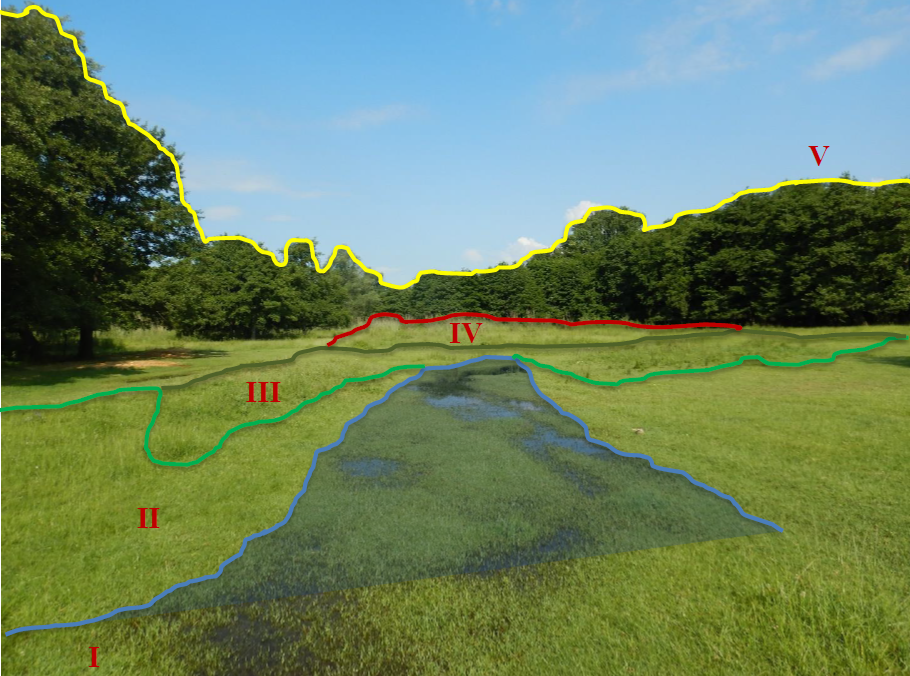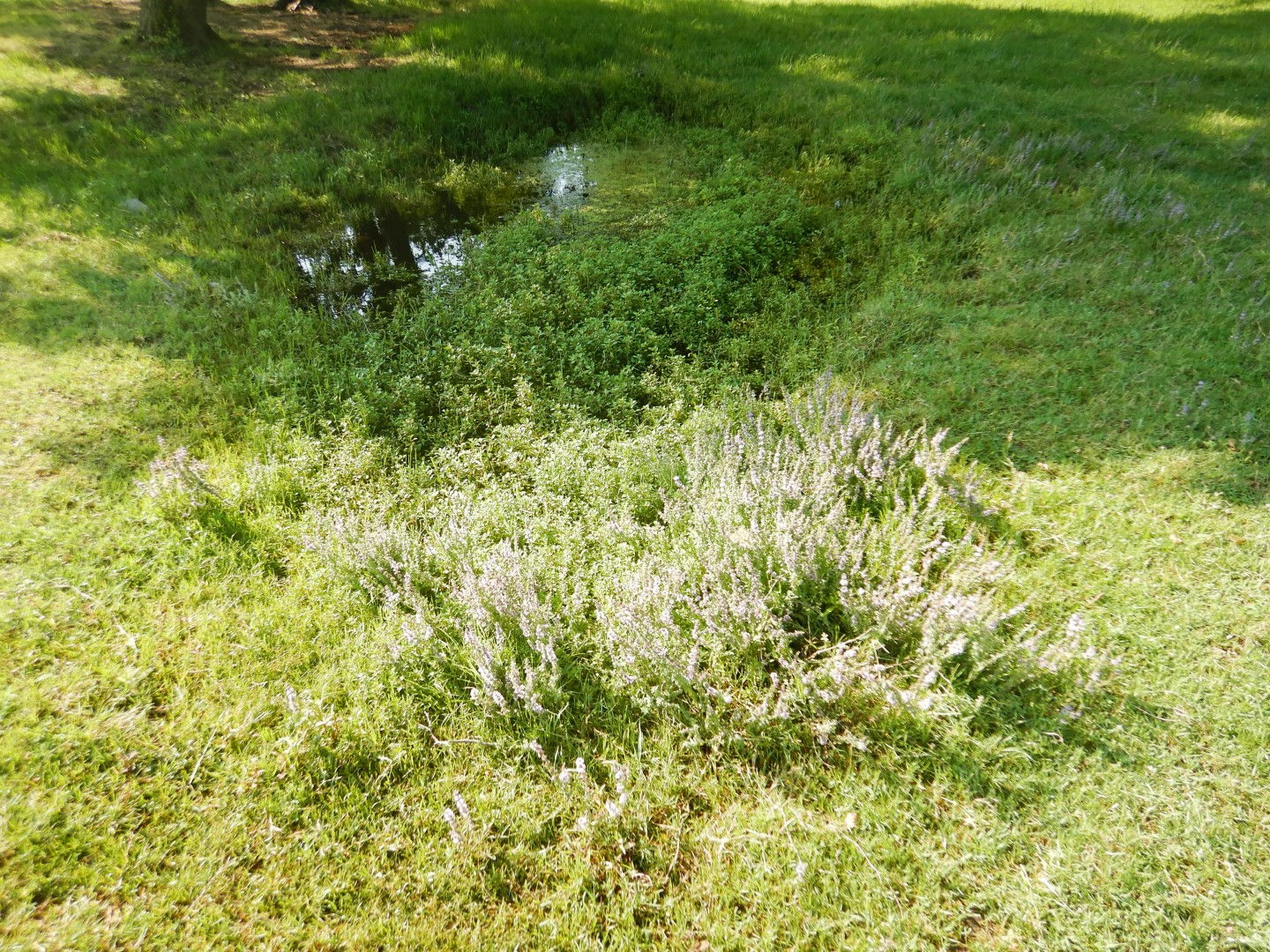Over the period of spring-summer 2019, the Greek botanists visited several times (approximately 2 per month) the western and eastern banks of Nestos river to find and evaluate the temporary ponds (habitat 3170*) that are referred in the SDF forms. The information about these ponds was given to the members of the Greek team by the personnel of the Nestos National Park. However, despite the extensive searching, the targeted priority habitat was not found in any of the given sites. The Greek team also searched in an area located in the eastern bank of Nestos river, in which access was prohibited prior ends of 2018 (Voice of America), and a large area that could be classified as 3170* was found. The members of the team sampled 4 sites (those that resembled as temporary ponds), and following plant species identification, the existence of the habitat 3170* was confirmed in one out of these four sampled sites in an area so-called Lazaros (see image below).

In addition, on July 2019, two teams of Greek and Italian have jointly carried out a field survey in Nestos. The two teams confirmed the site of Lazaros is presenting a cluster of 3170* temporary pond. Based on the definite presence of 3170* on this eastern side of Nesto river, the project team decided that all planned C and D Actions related to Mediterranean temporary ponds (fencing, restoration, re-introduction) will take place here.
During the same field visit, a preliminary identification of the vegetation series of this pilot area was jointly carried out by the two teams of botanists. A total of 6 habitat types was preliminary identified in the site.

Series of vegetation and habitat types of Lazaros: I: Callitricho-Batrachion (habitat 3260) and Isoeto-Nanojuncetea (habitat 3170*); II: Paspalo-Agrostidion grasslands (habitat 3280); III: Alopecurion pratensis (habitat 6510?); IV: Molinio-Holoschoenion humid herb grasslands (habitat 6420); V: Alno-Padion riparian forest (habitat 91E0*).

Giuliano Fanelli, botanist from Italy and Kostas Vidakis, biologist from Greece, sharing good time and expertise during the field activity. This is what we call effective cross-border cooperation! ![]()
For details on the outcomes of this Action see this report
In view of the implementation of Action D.3: Monitoring of the temporary ponds’ plant species, the teams commonly agreed on the next phases:
- to implement monitoring permanent plots in the Palo Laziale and Lazaros/Voice of America's temporary ponds with a common methodological approach. Their similar geographical scale will allow performing a transnational comparison of the structure and dynamism of the differently located vegetation communities.
- the vegetation and habitat mapping will have a different extent in the two project areas. In Palo Laziale all the area will be surveyed for mapping due to the limited surface of the area. The bigger dimension of the National Park of Nestos does not allow to perform a complete mapping; only the pilot area, with similar size of Palo Laziale' Wood (about 40 ha), will be surveyed under a botanical point of view to determine the exact (and updated) position of the temporary ponds, and the identification and mapping of all the habitat types. Such information is also important for the proper implementation of the hydraulic system (Action C3).
- no complete floristic census is foreseen in Nestos since, conversely to Palo Laziale, there is a) no starting reference (in Palo Laziale: flora checklist published by Lucchese in 1990), b) the activity will be out of scope/budget of the project.
















